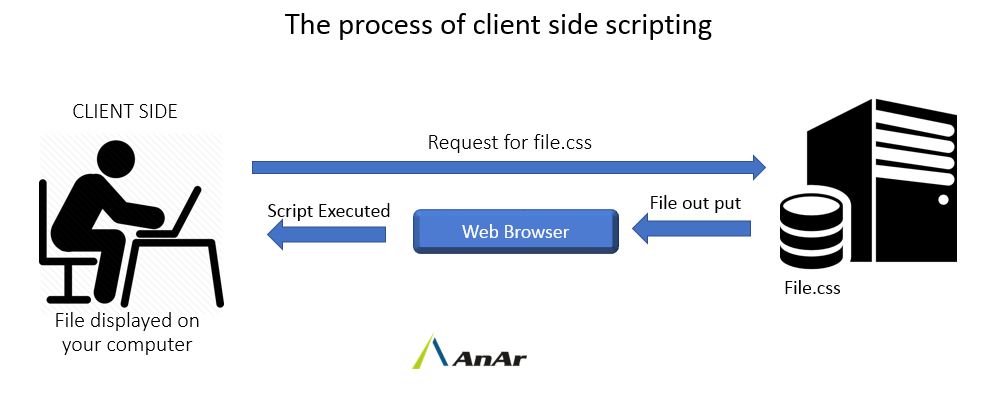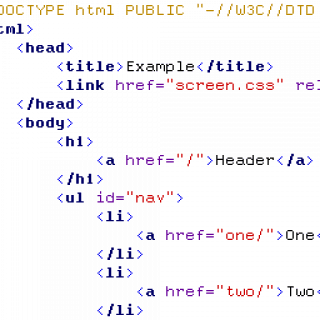World Wide Web display languages
The World Wide Web is a system for displaying text, graphics, and audio retrieved over the Internet on a computer monitor. Each retrieval unit is known as a Web page, and such pages frequently contain “links” that allow related pages to be retrieved.
1. HTML
HTML documents also contain anchors, which are tags that specify links to other Web pages. An anchor has the form <A HREF= “http://www.britannica.com”> Encyclopædia Britannica</A>, where the quoted string is the URL (universal resource locator) to which the link points (the Web “address”) and the text following it is what appears in a Web browser, underlined to show that it is a link to another page. What is displayed as a single page may also be formed from multiple URLs, some containing text and others graphics.
2. XML
3. Web scripting

Another approach is to use a language designed for Web scripts to be executed by the browser. JavaScript is one such language, designed by the Netscape Communications Corp., which may be used with both Netscape’s and Microsoft’s browsers. JavaScript is a simple language, quite different from Java. A JavaScript program may be embedded in a Web page with the HTML tag <script language=“JavaScript”>. JavaScript's instructions following that tag will be executed by the browser when the page is selected. In order to speed up display of dynamic (interactive) pages, JavaScript is often combined with XML or some other language for exchanging information between the server and the client’s browser. In particular, the XMLHttpRequest command enables asynchronous data requests from the server without requiring the server to resend the entire Web page. This approach, or “philosophy,” of programming is called Ajax (asynchronous JavaScript and XML).
VB Script is a subset of Visual Basic. Originally developed for Microsoft’s Office suite of programs, it was later used for Web scripting as well. Its capabilities are similar to those of JavaScript, and it may be embedded in HTML in the same fashion.
Outline
Behind the use of such scripting languages for Web programming lies the idea of component programming, in which programs are constructed by combining independent previously written components without any further programming language processing. JavaScript and VB Script programs were designed as components that may be attached to Web browsers to control how they display information.References:
- https://en.wikipedia.org/wiki/XML
- https://en.wikipedia.org/wiki/HTML
- https://en.wikipedia.org/wiki/Dynamic_web_page#Client-side_scripting
- https://en.wikipedia.org/wiki/World_Wide_Web
- https://en.wikipedia.org/wiki/JavaScript
- https://en.wikipedia.org/wiki/XMLHttpRequest
- https://en.wikipedia.org/wiki/Netscape
- https://en.wikipedia.org/wiki/CGI
- https://en.wikipedia.org/wiki/Web_browser
- https://en.wikipedia.org/wiki/DTD
- https://en.wikipedia.org/wiki/VBScript
- https://en.wikipedia.org/wiki/Web_server_directory_index
- https://en.wikipedia.org/wiki/Standard_Generalized_Markup_Language
- https://en.wikipedia.org/wiki/CERN







